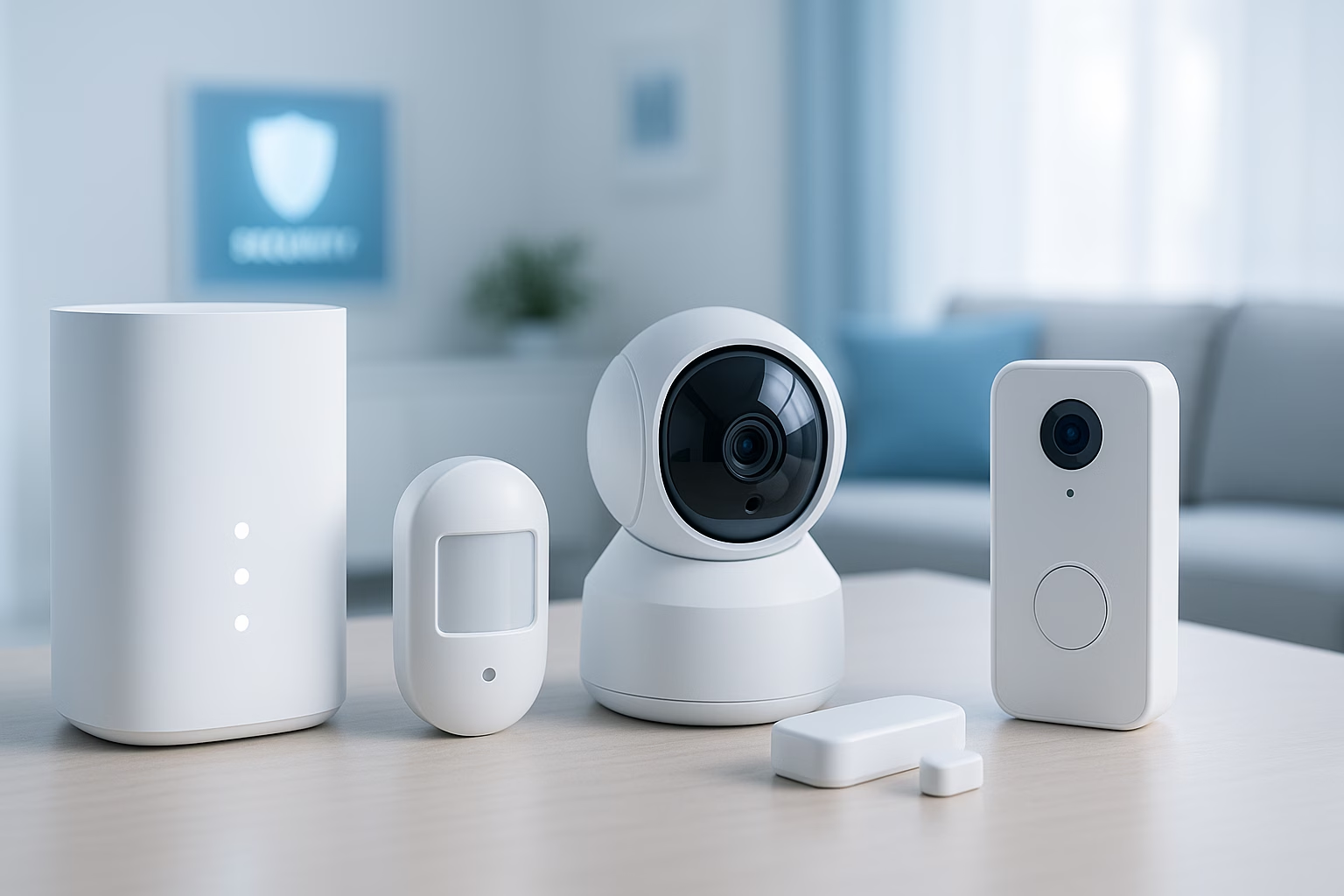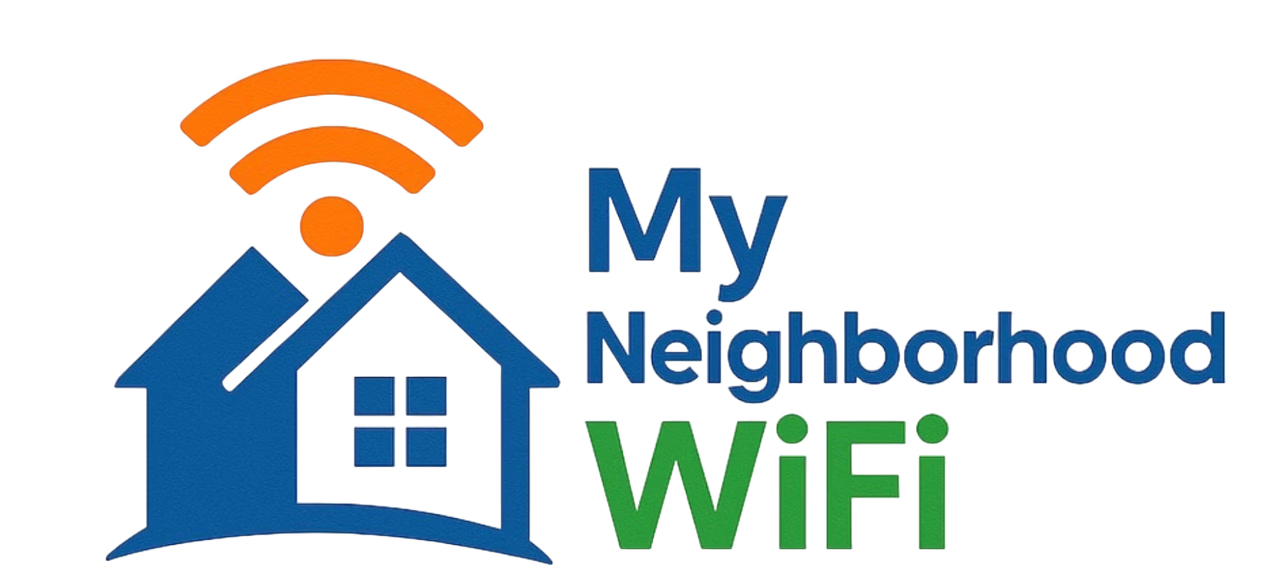
Your smart home security system is only as reliable as the internet connection behind it. Whether you’re streaming live video from a doorbell camera, managing motion alerts, or automating lights when you’re away, the speed and consistency of your network matter more than ever. Finding the best internet providers to power your smart home security system can help you achieve peace of mind and keep your household safe.
In this guide, we’ll explore how different internet options work with today’s smart home technologies, what features to look for, and how to choose a plan that fits your digital lifestyle — without overpaying.
Why Your Smart Home Security Needs Reliable Internet
From video surveillance to voice assistants, every smart device in your home depends on a strong, stable connection to perform properly. Here’s why a dependable network is critical:
- Continuous Monitoring: Cameras and sensors need constant internet access to send alerts and live video to your phone.
- Faster Response: Real-time notifications only work when your network latency is low.
- Remote Control: Smart locks, lighting systems, and alarms rely on the cloud to sync commands instantly.
- Integration: If your security setup links with platforms like Amazon Alexa or Google Assistant, your internet connection determines how smoothly they communicate.
Primary Keyword Focus: Internet Providers for Smart Home Security
Choosing the right internet providers for a smart home security system means balancing speed, reliability, and cost. Even a high-speed plan can disappoint if it fails during peak usage or doesn’t cover your entire property.
Connection Types That Work Best
- Fiber Internet: Offers the fastest and most consistent speeds, perfect for 4K camera streaming.
- Cable Internet: Reliable and widely available, ideal for households with a mix of streaming and smart devices.
- Fixed Wireless & 5G Home Internet: A flexible option for rural or suburban homes, especially if fiber isn’t available.
- Satellite Internet: Best used as a last resort where landline options don’t exist. Latency can affect real-time video feeds.
Understanding Upload Speeds
Upload performance matters more than you might think. Smart cameras often send video upstream to the cloud. If your upload speed is too low (e.g., under 10 Mbps for multiple cameras), you might experience lag or buffering.
How Much Speed Do You Really Need?
Not every smart home requires the fastest plan available. Consider the number of devices you’re using:
| Number of Devices | Recommended Speed |
|---|---|
| 3–5 devices | 50–100 Mbps |
| 6–10 devices | 200–400 Mbps |
| 10+ devices (cameras, lights, thermostats, etc.) | 500 Mbps or more |
For most families, a midrange plan delivers ample performance for streaming, gaming, and smart security services.
How to Evaluate Providers in Your Area
Before signing up for a new subscription, it pays to research internet options available near you. Recent advice from socialblogworld.com explains how local reviews and neighborhood recommendations can help identify reliable providers. Reviewing real user experiences on communities like Reddit or Quora can also provide transparent insights.
- Check Local Availability: Not all providers offer the same speeds in every ZIP code. Use community boards or local Facebook groups to confirm coverage.
- Compare Plans by Features: Some companies offer free modem rentals or security partner bundles. Recent trends shared on MyNeighborhoodWiFi show how these perks can lower long-term costs.
- Ask About Data Caps: Check whether your plan includes unlimited data — security cameras can quickly add up in bandwidth usage.
Best Features to Support Smart Security Systems
1. Wi-Fi Coverage Across Your Property
Large homes or multi-floor spaces often struggle with dead zones. Using mesh routers ensures cameras and sensors maintain strong connections wherever they’re installed. You can read setup guides and troubleshooting discussions on Reddit for advanced ways to optimize your Wi-Fi coverage.
2. Low Latency for Live Feeds
Ever opened your app and noticed your live feed lagging? That’s network latency at work. Picking an internet plan with a stable ping — under 30ms for most homes — ensures you can view real-time footage smoothly.
3. Reliability During Power Outages
If your provider uses network equipment housed outside your home, a short power loss could disrupt service. To safeguard against downtime:
- Use an uninterruptible power supply (UPS) for modems and routers.
- Consider an internet source that offers battery-backed connectivity or backup LTE integration.
Tips for Improving Your Smart Home Internet Setup
- Optimize Router Placement: Place your router in a central location, preferably elevated and away from thick walls or appliances.
- Use Separate Network Bands: Assign cameras to a specific SSID (e.g., 2.4 GHz) and keep streaming devices on another to balance traffic.
- Update Firmware Regularly: Outdated firmware can cause performance issues or security vulnerabilities.
- Check Device Compatibility: Some devices prefer wired Ethernet connections for stability. Run cables where possible.
For visual tutorials on these points, explore community-shared videos on YouTube that demonstrate range boosting and router optimization techniques.
Common Issues and How to Fix Them
Lagging Security Cameras
If you notice buffering or delay, test your internet speed using reliable network tools. Lower speeds or inconsistent upload rates can cause streaming stalls. You can find troubleshooting advice from homeowners on Reddit’s SmartHome community.
Disconnecting Smart Devices
This often points to an overloaded router or interference from neighboring networks. Switching to a less congested channel in your router settings can quickly fix it. If interference persists, upgrading to a Wi-Fi 6 router may help maintain stability for all devices.
Remote App Errors
If your app fails to load device feeds outside your home, ensure port forwarding or cloud connectivity is properly configured. Security app forums on Quora frequently share solutions for this issue.
Urban vs. Rural Smart Home Internet Options
Urban areas have access to multiple high-speed fiber and cable options, but rural customers sometimes rely on fixed wireless or emerging 5G connections. While these wireless solutions may offer varied speeds, they’ve improved rapidly and can now support modern smart home systems effectively.
For example, MyNeighborhoodWiFi highlights how local pricing and plan availability differ among zip codes, proving why location-based research matters.
Security Benefits of a Strong Connection
Your internet connection directly affects the efficiency of your smart home’s protective features:
- Rapid Alert Delivery: Instant push notifications and email alerts depend on uninterrupted communication.
- Continuous Recording: Cloud cameras rely on strong upload performance for high-definition backups.
- Enhanced Automation: Integrations that trigger lights or locks when motion occurs depend on a synchronized network.
Using Wi-Fi Extenders to Protect Outdoor Spaces
Monitoring your porch, driveway, or backyard means pushing your Wi-Fi signal farther outdoors. Guides from MyNeighborhoodWiFi recommend smart solutions like Wi-Fi extenders or weatherproof mesh nodes. These tools expand your coverage safely and give cameras a reliable connection even under challenging conditions.
Budget-Friendly Solutions for Students and Renters
Affordable connectivity options can still deliver dependable performance. As discussed on MyNeighborhoodWiFi’s student-focused articles, balancing budget with reliability involves comparing introductory plans and shared data packages that still support security devices.
Integrating Smart Hubs with Your Internet
Smart hubs like Alexa, Google Home, and Apple HomeKit translate your commands into actions — from turning on floodlights to locking doors. To prevent delay:
- Use short-range 2.4 GHz for older devices, 5 GHz for newer, high-bandwidth gadgets.
- Prioritize hubs on your router’s QoS (Quality of Service) settings.
- Schedule automatic device reboots every few weeks to clear cache buildup.
Privacy and Network Security Considerations
Even the fastest internet connection is incomplete without proper security. Here’s how to fortify your home network:
- Change default device passwords immediately upon installation.
- Enable WPA3 encryption in router settings.
- Monitor active connections periodically through your admin dashboard.
- Use reputable antivirus software for devices you use to manage your smart home apps.
Educational discussions on secure setups are frequently available on YouTube and Reddit, helping you take easy steps to reduce risks without advanced technical knowledge.
Smart Home Bandwidth Management Tips
- Set Bandwidth Limits: Some routers allow you to cap upload speeds for specific devices to maintain balance.
- Schedule Cloud Backups: Timing video uploads for off-peak hours reduces congestion during daytime usage.
- Monitor Data Usage: Periodically check your data consumption to verify you’re getting what you pay for.
Final Thoughts on Choosing the Right Provider
Building a secure, responsive smart home doesn’t mean you need the most expensive or fastest plan available — it’s about choosing wisely. Look for:
- A provider with high reliability and minimal downtime.
- Transparent pricing and customer-friendly equipment policies.
- Broad Wi-Fi coverage and compatibility with your existing devices.
- Helpful community support, as reflected in blogs like MyNeighborhoodWiFi.com.
As smart homes continue to evolve, so will the need for faster, steadier, and safer internet connections. By understanding what truly matters — consistent speed, coverage, and security — you’ll be able to design a connected home that keeps your loved ones protected 24/7.
Written by admin
Content writer and tech enthusiast sharing insights on internet connectivity.



